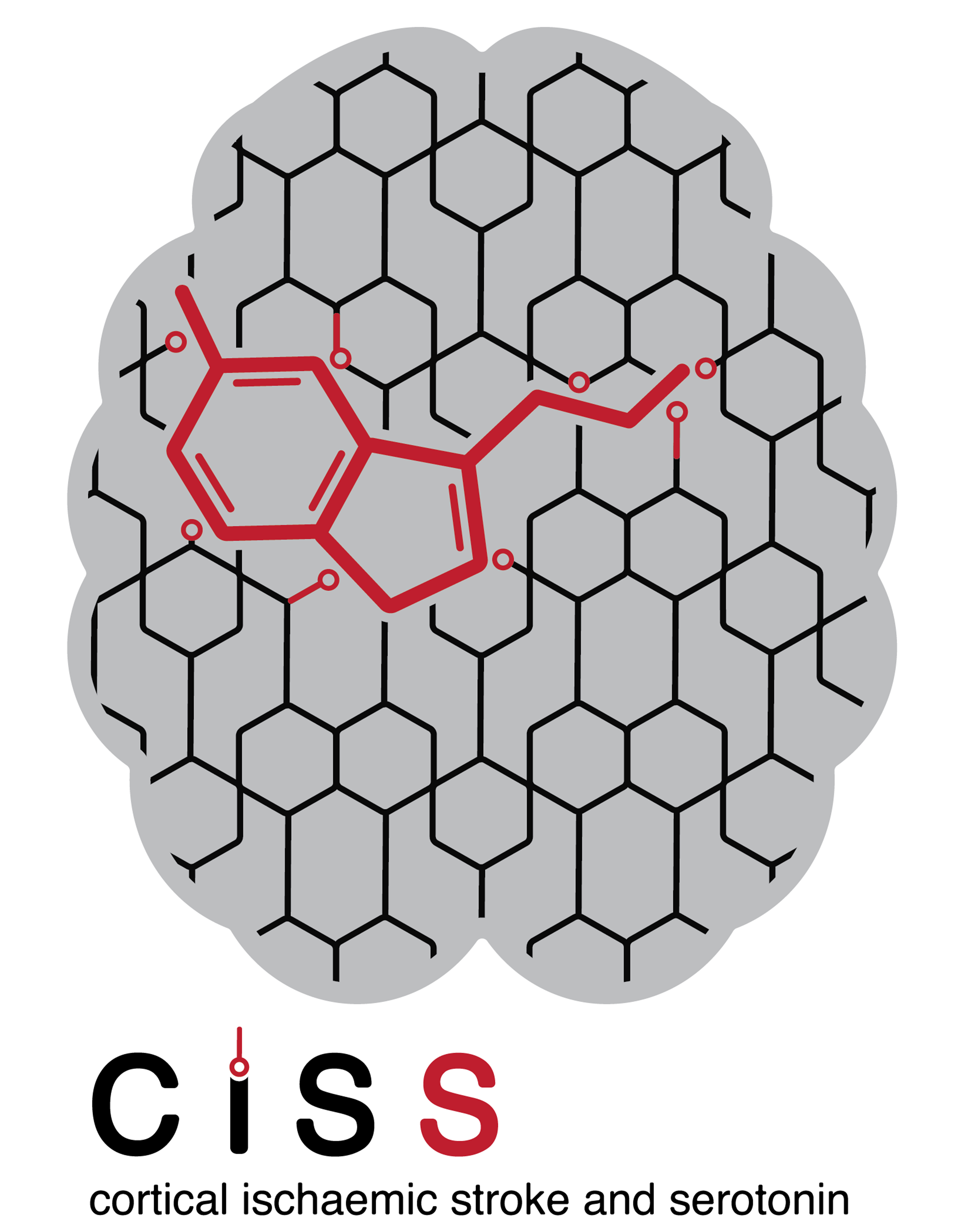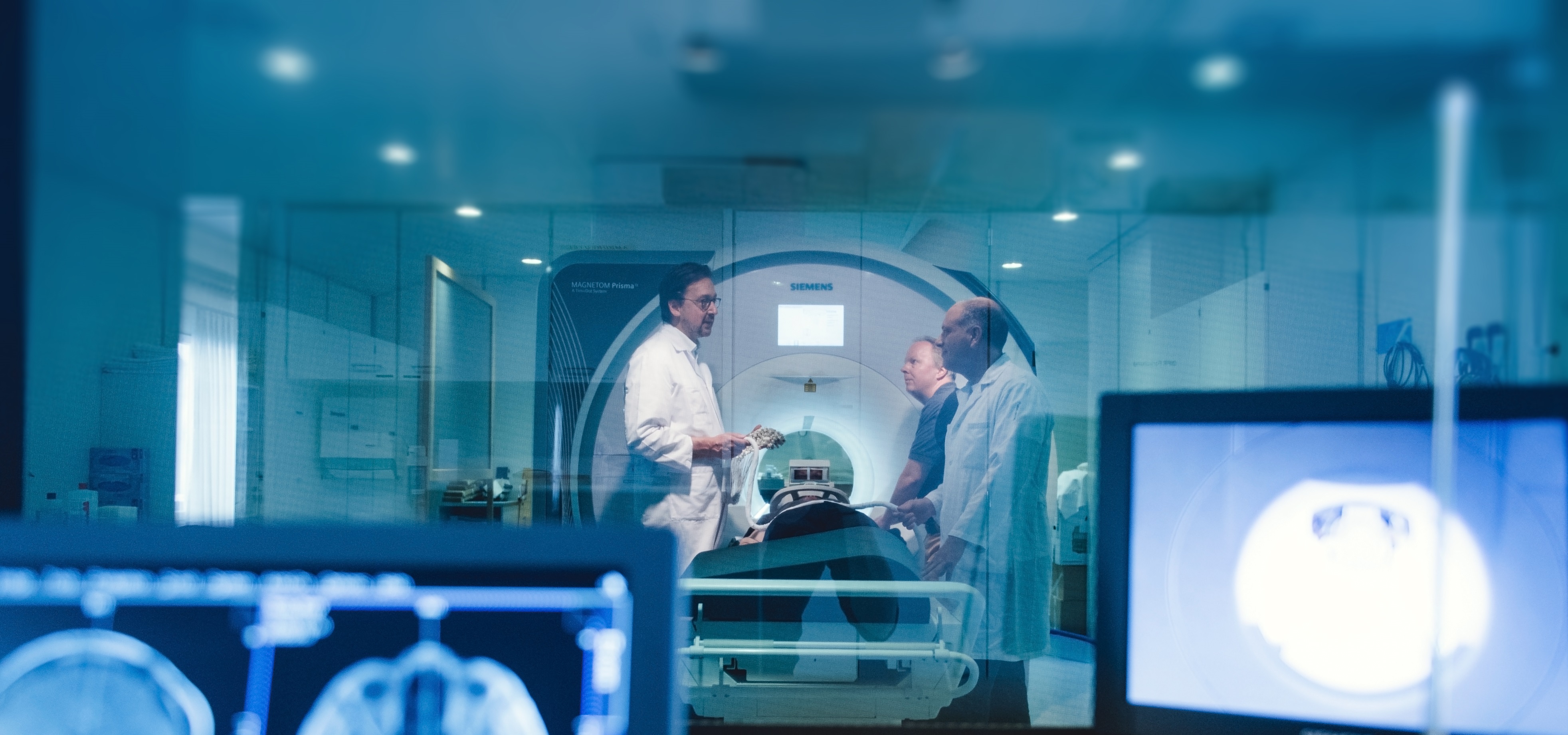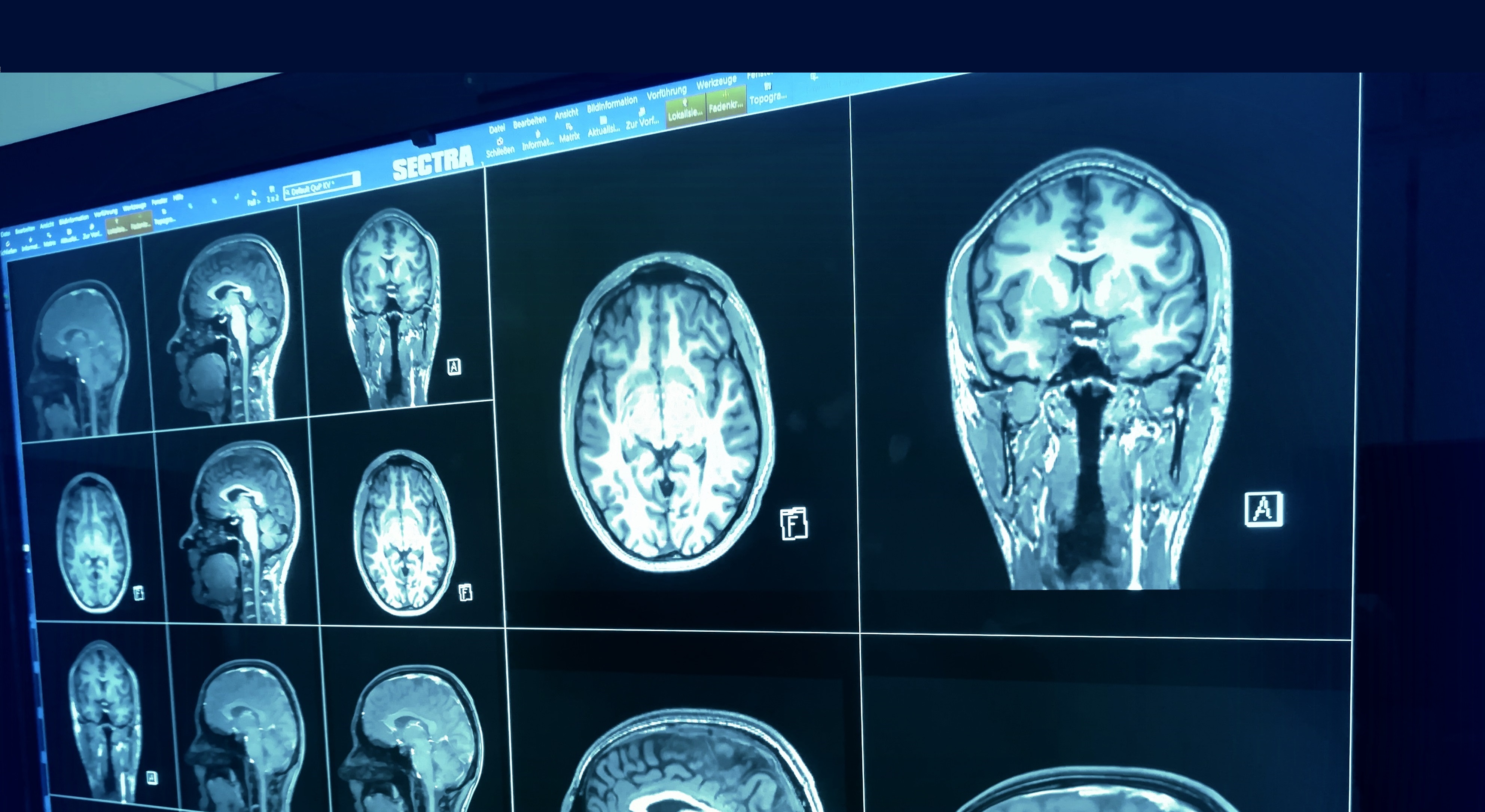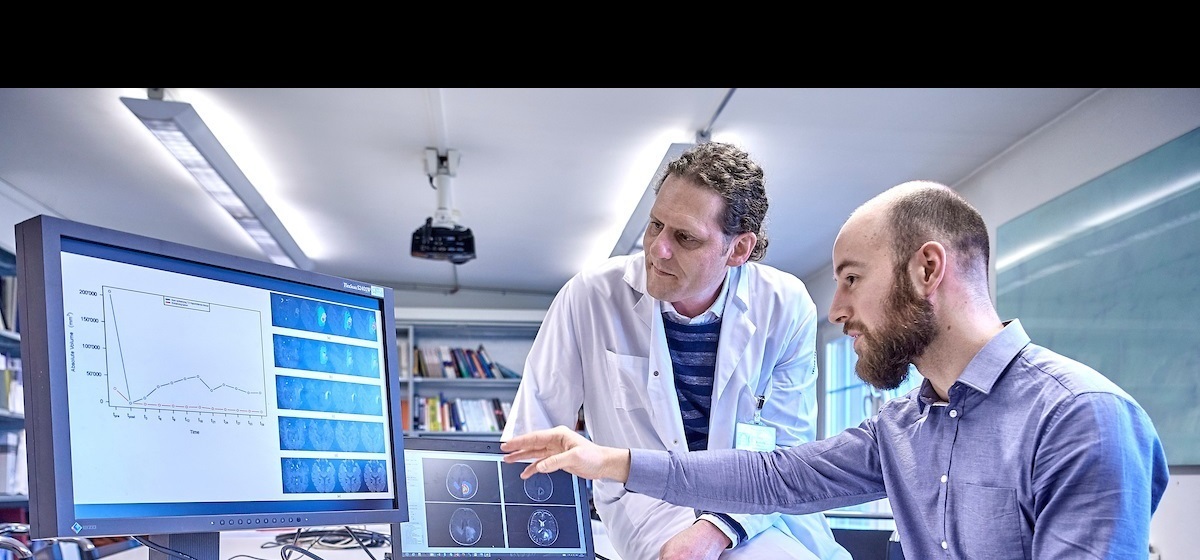CISS - Cortical Ischaemic stroke and serotonin

Neuroplasticity, i.e. the human brain's innate capacity to structurally remodel and functionally reorganize its neural networks, is essential for recovery of impaired sensorimotor function after focal ischemic injury. However, the potential for spontaneous recovery in the adult brain is limited and needs to be augmented through rehabilitative programs, e.g. intensive exercise, brain stimulation or pharmacologic neuromodulation.
Clinical studies have shown that post-stroke recovery can be augmented by long-term administration of selective serotonin reuptake inhibitors (SSRI). Serotonin modulates excitatory glutamatergic neurotransmission and induces long-term potentiation (LTP), an important mediator of neuroplasticity that supports sensorimotor learning in the healthy brain and reorganization in the post-stroke perilesional cortex. Preliminary data indicate that a single dose of the SSRI Escitalopram is sufficient to induce LTP-like effects in the motor cortex of healthy volunteers (measured by repetitive transcranial magnetic stimulation (rTMS)), and to increase the efficiency of large-scale functional connectivity networks engaged in tactile object manipulation (measured with functional magnetic resonance imaging (fMRI)).
The investigators thus hypothesize that serotonergic neuromodulation might enhance post-stroke recovery through enlarged plasticity and processing efficiency along integrated neuronal networks, leading to reinforced connectivity and behavioural performance.
To test this hypothesis, the investigators aim to conduct a longitudinal, double blind, placebo-controlled trial in two neurological centers. The investigators aim to test the effect of a daily-administered single dose of Escitalopram over a three months period after cortical ischemic stroke to promote plasticity changes in the perilesional zone of primary sensorimotor cortices (S1 and M1). The investigators will apply behavioural measures of hand function, rTMS and advanced magnetic resonance (MR) imaging techniques as outcome variables.
The investigators will measure hand function kinematics with a data glove to better understand the contribution of effort to hand function recovery and brain activation. Moreover, the investigators intend to apply MR-Spectroscopy of the perilesional premotor cortex, guided by real-time fMRI analysis, as a tool to assess local glutamatergic transmission. Measurements of plasma drug levels and determination of genetic polymorphisms of the Escitalopram-metabolizing genes will help them to assess and control for interindividual variance in Escitalopram bioavailability.
The investigators expect that SSRI-augmented neuroplasticity will lead to increased efficiency in the allocation of neuronal resources in the post-stroke brain, resulting in more precise and less effortful movements, facilitation of LTP-like phenomena, increased grey matter volume of spared perilesional premotor cortex and possibly higher glutamate peaks in the same areas, as compared to placebo treatment.
By combining standard and innovative methods, this study will provide mechanistic insight into the processes that drive cortical neuroplasticity in the post-stroke human brain. From a clinical perspective, results from the study are expected to provide a scientific rationale to select patients that might benefit from SSRI-augmented neurorehabilitation.
Responsible persons:




